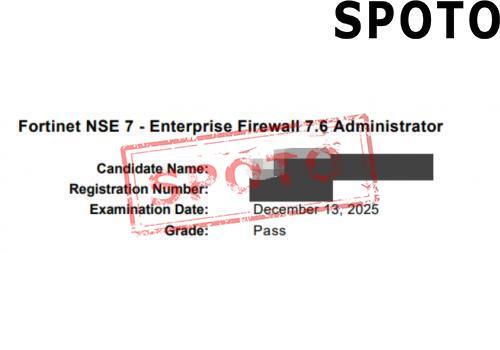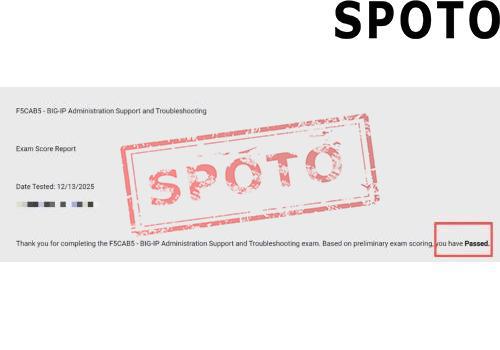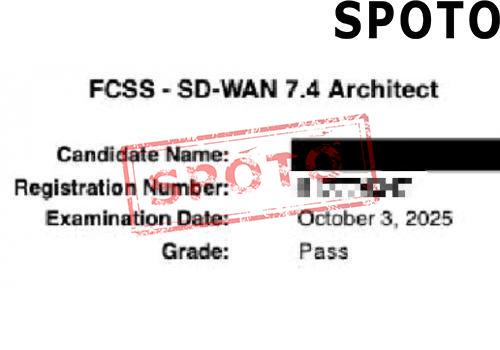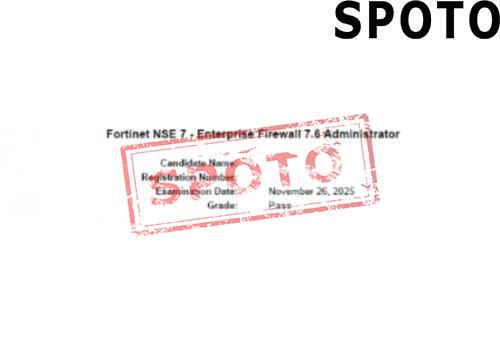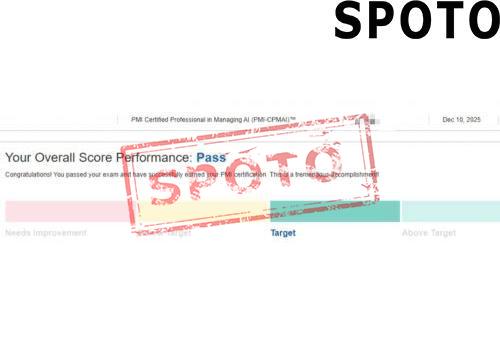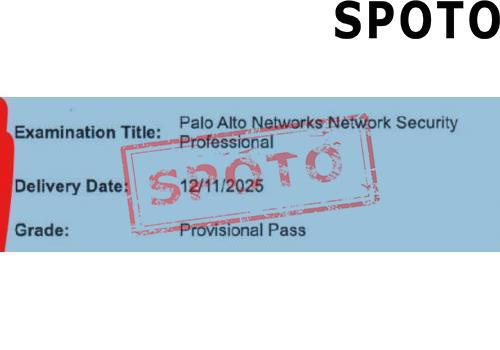
Table of Contents
Have you ever wondered which tech career offers both stability and growth opportunities? Or maybe you're looking for a role where you can combine technical skills with problem-solving and project management? If your answer is yes, then becoming a Configuration Specialist could be your perfect fit.
In this blog, we'll explore what a configuration specialist does, the skills required, the career outlook, and how you can kickstart your journey in this dynamic field. Plus, we'll introduce how SPOTO's specialized courses can help accelerate your path to success.
1. What is a configuration specialist?
A configuration specialist is a vital player in the IT and technology ecosystem. Essentially, they are responsible for managing, implementing, and maintaining the configurations of hardware and software systems within an organization. This involves setting up IT environments, ensuring systems are configured correctly, and managing updates or changes without disrupting daily operations.
Think of them as the architects of the digital backbone—making sure everything works seamlessly behind the scenes for businesses to run efficiently. They work with databases, XML, and various development tools to optimize system performance.
2. What does a configuration specialist do?
Roles and Responsibilities
So, what exactly does a configuration specialist do? Their responsibilities are diverse and central to supporting IT infrastructure:
- Managing and reviewing User Acceptance Testing environments to ensure compatibility and stability.
- Designing, implementing, and maintaining configuration management procedures.
- Integrating XML, APIs, and databases for data consistency and system interoperability.
- Troubleshooting configuration issues and providing technical support.
- Developing documentation and training materials for users and team members.
- Monitoring system performance and applying updates to improve stability and security.
This role often requires balancing technical expertise with strong communication skills, as collaboration with developers, testers, and end-users is essential.
Essential skills for configuration specialists
Becoming a successful configuration specialist demands a mix of technical and soft skills. Here are some of the core competencies:
- Troubleshooting and problem-solving: Quickly diagnosing and fixing system issues.
- System configuration and management: In-depth knowledge of system settings, databases, and tools.
- Communication skills: Explaining technical details clearly to non-technical stakeholders.
- Documentation and training: Preparing manuals and guiding users through complex configurations.
- Teamwork and collaboration: Working effectively within cross-functional teams.
Moreover, industry data show that pricing for these roles is quite competitive — especially in regions like Australia and North America, with average annual salaries ranging from $60,000 to $150,000 depending on experience and location.
3. Why consider a career as a configuration specialist?
In today's digital world, the demand for configuration specialists has never been higher. Organizations need skilled professionals to ensure their systems are configured correctly, secured, and optimized for performance. This role offers not only job stability but also a clear pathway to career advancement.
Moreover, the skills learned as a configuration specialist provide a solid foundation for higher roles such as system architect, IT manager, or cybersecurity expert. It's a versatile career with long-term growth potential.
Industry trends, especially in sectors like healthcare, finance, and tech services, show a continuous upward trajectory in demand. As automation and cloud computing evolve, the need for proficient configuration professionals will only increase.
Job Titles Related to configuration specialists
- Systems Analyst
- Network Administrator
- IT Support Specialist
- Configuration Manager
- Systems Engineer
- Database Administrator
4. How to become a configuration specialist?
Build a Strong Educational Background
A solid foundation in computer science, information technology, or related fields is vital. Pursue a relevant degree or diploma to grasp essential concepts such as networking, databases, and operating systems. Continuing education, online courses, and workshops like those from SPOTO can deepen your technical knowledge and keep you updated with industry trends.
Get Certified
Earning professional certifications is a crucial step to becoming a configuration specialist. Certifications like ITIL, CompTIA Server+, or cloud-specific credentials validate your skills and knowledge. They demonstrate your commitment and expertise to potential employers, making you more competitive in the job market. Enroll in reputable courses, like those offered by SPOTO, to prepare effectively.
Gain Practical Experience
Hands-on experience is essential to master configuration tasks. Seek internships or entry-level IT roles that involve system setup, troubleshooting, or database management. Working on real projects helps you understand complex configurations and system dependencies. Combining work experience with guided training accelerates your learning curve and builds confidence.
5. Conclusion
Are you eager to step into a career that blends technical complexity with real-world impact? Becoming a configuration specialist might be the answer. With the right training—like those offered by SPOTO—you'll gain the skills needed to excel in this exciting field.
Don't wait to start your journey—it's time to turn your passion for technology into a rewarding profession. Visit SPOTO's website today to explore tailored courses and certifications designed to kickstart your career as a configuration specialist!
